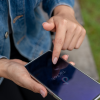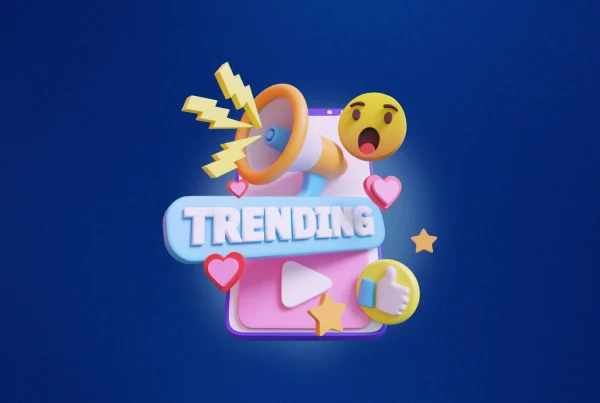
Today, it will cost a business if it does not seize this opportunity to reach out to its audience through Google Ads. With over 3.5 billion searches daily, Google Ads is one of the most powerful platforms that drive meaningful traffic and increase sales. However, many businesses do not understand the different types of campaigns and how to use them to achieve their goals effectively.
1. Search Campaigns
You want to catch someone’s attention who’s already looking for what you have in store. So, when anyone searches for any particular product or service, your ad comes right into the person’s search results, linking that person directly to your business.
Example: Customer searches “best gluten-free bakery near me.” Your ad pops up with a message like, “Fresh gluten-free options available! Visit us today!”
When to use it: Good for businesses that want to meet the demand of customers directly.
Tips: Use long-tail keywords that exactly match what your audience is looking for. Instead of targeting just “gluten-free bakery,” take advantage of “best gluten-free chocolate cake near me.”
2. Display Campaigns
Putting your brand on the world’s largest billboard and letting your message across, even to people who may not have ever heard of you, is what a display campaign is.
Example: You go on your favorite website, and suddenly you notice an ad for some beautiful new handbag from some brand you have never heard of. Suddenly, the picture pops into your screen, and you are hooked.
When to use it: Best for brand awareness and retargeting previous customers who visited your site.
Best Practices: Bright, engaging imagery and a compelling call to action. Display ads can also be used as a reminder to visitors who’ve abandoned their cart to complete the purchase.
3. Video Campaigns
Video ads represent an emotive, storytelling-driven way to connect with people. Just as you feel during that commercial, which pulls you in, video ads let you reach your audience deeper.
Example: Picture a video of a couple choosing a wedding ring; suddenly, there is this beautiful close-up of custom-designed rings from your store. A well-spoken video will help them imagine their very special day and instantly link your brand to their emotions.
When to use it: Ideal for businesses looking to build a stronger emotional connection with their audience.
Ideas: Keep your videos short but impactful. Show real people enjoying your product or service to increase relatability.
4. Shopping Campaigns
This type of campaign is an opportunity to directly show people what they’re looking for. When a customer searches for a product, your ad can display the exact item with an image, price, and direct link to buy. It is easier for them to take action.
Example: Someone searches for “buy wireless earbuds” on Google, and instantly, your ad pops up, showing a clear image of the earbuds, the price, and how easy it is to buy them. They decide in a split second.
When to use it: Ideal for e-commerce companies that want to highlight certain products.
Tips: Keep your product feed fresh, with high-quality images and accurate descriptions. The more visually appealing and clear your product looks, the more likely people will click and convert.
5. App Campaigns
If you have an app, app campaigns are the key to bringing users right to your doorstep, inviting them to install your app, and engaging with your brand.
Example: You open a health application and run across an ad for a meditation application that promises to help you with stress management. The ad comes out so welcoming that you just download the app there and then.
When to use it: Use it when you want to increase app installations or user engagement.
Tips: Test different creatives to find what drives more installs, and always track in-app behavior to show what users are doing after they download.
6. Smart Campaigns
Example: A small restaurant that doesn’t have much experience in marketing runs a smart campaign. Google automatically adjusts its ad placements, and within weeks, it sees a slight increase in lunch orders.
When to use it: It is ideal for beginners or businesses with limited time and resources.
Tips: While smart campaigns do a great deal of automation, keep an eye on performance. If needed, adjust goals and make sure your ads align with your business needs.
How to Maximize Results Across Campaign Types
Using multiple campaign types together helps businesses reach different goals. Search campaigns capture customers who are ready to buy, while display campaigns build brand awareness and attract new customers who may not be actively searching.
By understanding and applying the right strategy of Google Ads campaigns, monitoring your performance, and making strategic adjustments, you will be able to create a far more effective, customized advertising strategy that will help you achieve maximum results.
In the end, Google Ads has something to offer for every business. Be it starting or scaling a digital presence, the key to success always lies in finding campaign types that best resonate with the audience and complement their goals.













